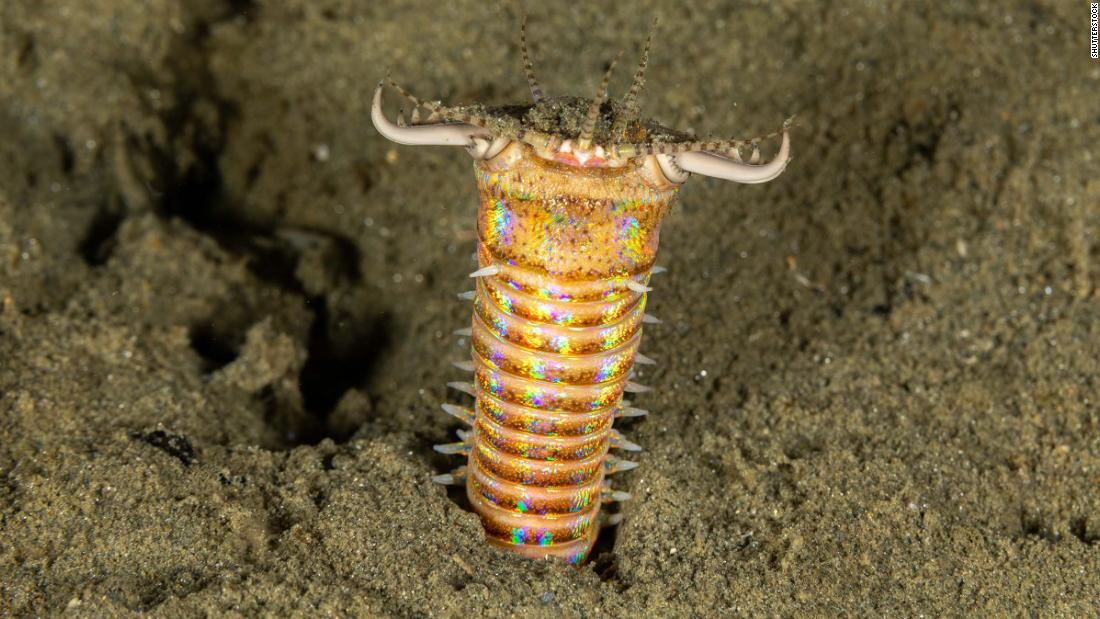Paleontologists at National Taiwan University believe the 6.5-foot-long lair was once home to a wormlike predator that emerged from the seabed to ambush sea creatures and drag them alive into its lair.
Experts working in northeastern Taiwan have rebuilt large L-shaped burrows dating back as far as 23 million years ago from seabed layers using traces of fossils – geological features such as trail marks, burrows and root cavities from plants found preserved in rocks, which experts use to draw conclusions about the behavior of ancient creatures.
Using 319 specimens, experts reconstructed a fossil trace from a shelter – nicknamed Pennichnus formosae – which was 6.5 feet long and about 2.5 cm in diameter, and the morphological evidence says that the tunnels were home to giant marine worms, like the modern-day bobbit worm.
Living mainly in the Pacific Ocean, bobbit worms hide in long, narrow burrows on the seabed and propel themselves up to catch unsuspecting fish, large mollusks and other worms, before dragging them, still alive, back to their dens. .
They identified a high concentration of iron in the upper part of the burrow and believe that the worm may have secreted mucus to reinforce the burrow wall.
“Our hypothesis is that about 20 million years ago, on the southeastern border of the Eurasian continent, the ancient Bobbit worms colonized the seabed waiting in ambush for a passing meal,” wrote the report’s authors.
“When the prey approached a worm, it exploded out of its den, grabbing and dragging the prey into the sediment. Below the seabed, the desperate prey struggled to escape, leading to further disturbance of the sediment around the lair opening “. they described.
